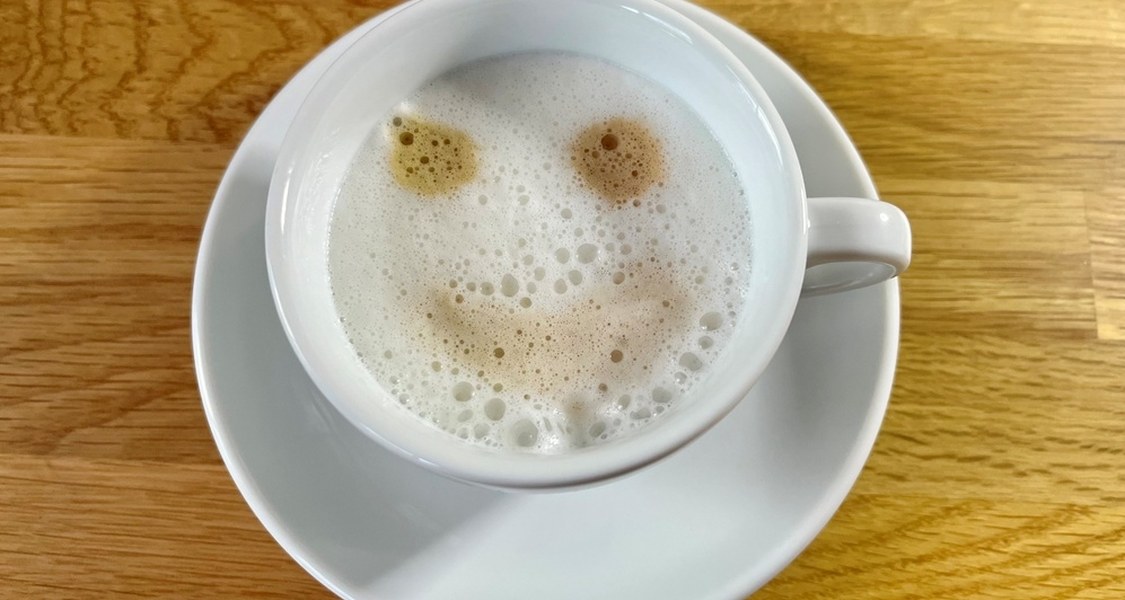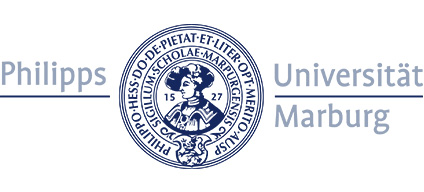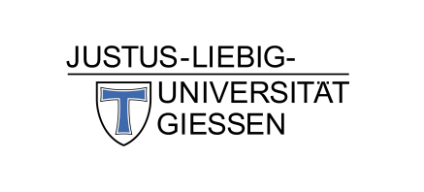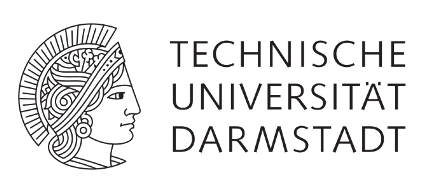28.02.2025 Faces in the coffee foam
JLU researchers use artificial intelligence to investigate possible causes of known delusions

We see faces in everyday life everywhere - even where there aren’t any, in the foam of our morning coffee for example, on tree trunks or in the clouds. Why we humans have the ability to recognize eyes, mouths and sometimes also noses in a wide variety of objects is not yet clear. Researchers from the Justus-Liebig-University Giessen (JLU) suspect that this misconception, the so-called facial paraphilia, is based on the fact that our brain has perfected two kinds of skills at the same time: on the one hand to recognize faces and on the other hand to classify objects. The study has been published in the renowned journal PLOS Computational Biology.
The two scientists at JLU compared reactions to certain sensory stimuli in the brains of test subjects with neural networks that they had developed using artificial intelligence. Only one of these computer-controlled networks reacted similarly to a human brain to supposed facial features in inanimate objects - namely, the one that was previously simultaneously trained To identify faces and classify objects into generalizable categories.
„This result suggests that this misconception is also due to the fact that our brains have simultaneously learned to recognize faces and categorize objects," says Prof. Dr Katharina Dobs, Professor of Applied Computer Science with a focus on cognitive systems. So when we see a face in our coffee foam or in the clouds, it is not a random curiosity, but a systematic by-product of optimizing our brain. “
According to the last author, the study does not only contribute to investigating the possible causes of facial paraplegia - the researchers also want to draw attention to the potential of artificial neural networks, to explore other complex phenomena surrounding human vision.
Prof. Dobs works in the interdisciplinary field of perception research, which is currently also involved in the "Adaptive Mind" excellence cluster initiative within the nationwide excellence strategy. For students who are interested in the field of research, JLU offers the international master’s program "Mind, Brain and Behaviour".
Publication
Pranjul Gupta, Katharina Dobs:
Human-like face pareidolia emerges in deep neural networks optimized for face and object recognition.
PLoS Comput Biol, online veröffentlicht am 27. Januar 2025
https://doi.org/10.1371/journal.pcbi.1012751
More Informationen
https://www.uni-giessen.de/de/studium/studienangebot/master/mbb - International Master’s program Mind, Brain and Behaviour
https://www.theadaptivemind.de/ - Excellence Cluster Initiative from the Perceptual Research
Contact
Prof. Dr. Katharina Dobs
Tel.: Phone: 0641 99-26108
Mail: Katharina.Dobs@psychol.uni-giessen.de
Department of General Psychology at JLU
Otto-Behaghel-Straße 10F, 35394 Gießen


